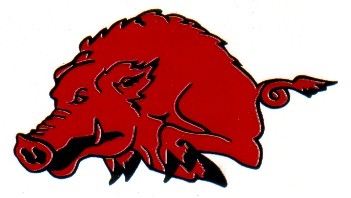|
Chapter 6 – Chemical Bonds
411 Sheet
- What is a chemical bond?
- Why do atoms form chemical bonds?
- Write Lewis structures for atoms
- Draw sample ionic and covalent bonds, showing the differences in electron activity
- Use the electronegativity chart to graph the difference between ionic, polar covalent and nonpolar covalent bonds.
- State the octet rule and its relationship to chemical bond formation.
- Draw double and triple bonds that follow the octet rule.
- Draw resonance structures for ozone.
- Compare and contrast ionic and molecular formulas.
- Write formulas for common polyatomic ions.
- Describe the electron arrangement of a metallic bond.
- Compare the properties of metallic bonds, ionic bonds and covalent bonds.
- Describe the VSEPR theory and draw an example of sp hypridization.
|
